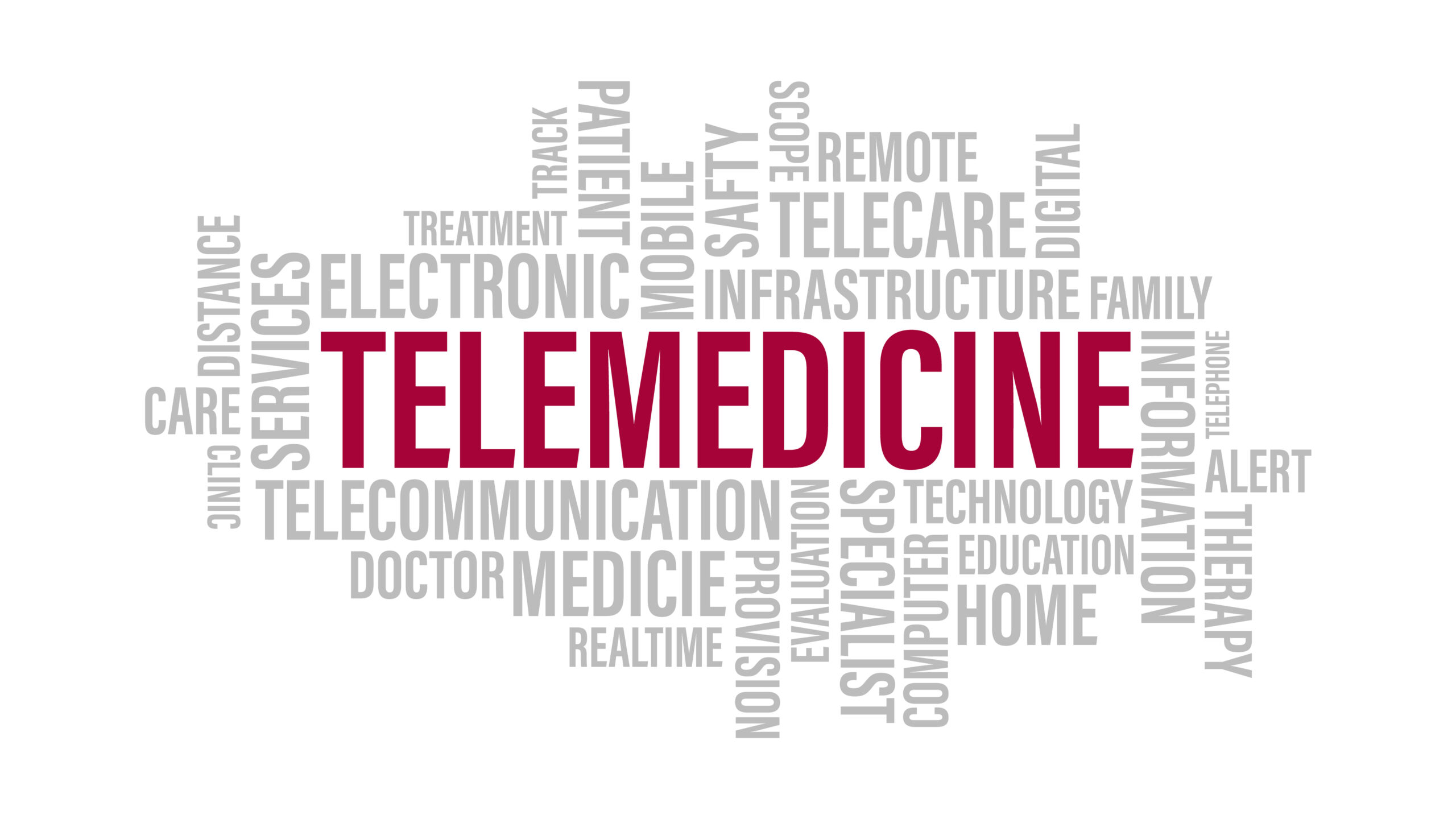Smartphone App Can Discern Dose Administration Related Side Effects in Arthritis
By Rob Dillard - Last Updated: May 2, 2023A recent study from CreakyJoints, the digital, international patient community for people with all forms of arthritis, detailed how a smartphone app — the ArthritisPower Research Registry — can be used to track arthritis patients’ experience of unwanted side effects and discern their relation to medication dosing.
This is important because as telehealth and virtual appointments increasingly become part of normal medicine, using a smart phone app to gather patient reported outcomes will be an important way to track patients’ real-life experiences of arthritis treatment.
DocWire News spoke with Dr. Jeff Curtis, MD, MS, MPH, Marguerite Jones Harbert – Gene V. Ball Endowed Professor of Medicine in Rheumatology and Immunology at the University of Alabama at Birmingham and co-principal investigator of ArthritisPower, about the clinical implications of these findings as it relates to using smartphone technology to optimize patient care.
Can you provide us with some background on yourself?
Dr. Jeff Curtis: Sure. I’m a professor of medicine and rheumatology as well as epidemiology and computer science at the University of Alabama at Birmingham. I’m a rheumatologist and also a clinical informatician, which is the blend of computer science with medicine.
How is telemedicine currently utilized by arthritis patients?
Sure. So, telemedicine has undergone incredible evolution in the last two years. Before the COVID pandemic almost nobody did telemedicine few probably even knew what it was. Telemedicine was something that helped people in far-flung rural areas like Alaska but since COVID, of course, when people were uncomfortable coming in person to their doctor or any healthcare facility, the idea of home-based telemedicine has really taken off. The notion, of course, is that patients could receive care from their doctors at home is nearly unprecedented in the field of outpatient medicine for the vast majority of Americans.
Talk to us about the recent study you co-authored pertaining to a smartphone app that can discern side effects in arthritis.
Certainly. So along with my colleagues that run the Arthritis Power registry, this is a patient-focused research registry it’s been around for more than five years. It has more than 30,000 people with chronic illnesses who have a variety of rheumatologic conditions, rheumatoid arthritis, psoriasis, psoriatic arthritis have joined this registry. So we recently published a study that deployed this app to patients who were currently receiving methotrexate. And the purpose was to be able to effectively detect side effects using technology in a way that is rather unprecedented as part of routine care.
So we deployed this app in a way that asked about patients with side effects, not just with a one time survey, but because the side effects that are related to the once-weekly dosing of methotrexate, people typically feel bad about a day or two later but then a few days after that then they mostly are back to normal. We were able to effectively capture those symptoms using smartphone technology that people have in their pocket or their purse in a way that didn’t require doctor visits, that wasn’t burdensome to patients. And the smartphone asked a number of questions the day or two after methotrexate and then several days later, and we were able to compare people to themselves to take advantage of this very time-related symptom worsening in relation to when people took their methotrexate dose each week.
What are the clinical implications of these studies?
So, the clinical implications were that we were able to show really as kind of a proof of concept and even a proof of value that you can use smartphone technology, things that people have routinely to harness patient symptoms, medication-related symptoms in this case in a way that really it has the potential to transform routine outpatient rheumatology care. I think that the findings themselves that many people, a third to a half have pretty profound nausea and fatigue was a well-known concept to rheumatologists.
In fact, many rheumatologists said, Jeff, I kind of knew this. I talked to my patients but it was very hard to quantify because again, you have to capture it at the right moment in relation to when people are taking their dosage each week. And that’s a hard thing to do. People aren’t going to come into the doctor, the day or two after they take their methotrexate on a regular basis. So, it’s really the proof of value to say technology can help us take better care of patient. If you’re on a medicine that you think may be causing problems, this is going to be an effective way to do remote therapeutic monitoring or remote patient monitoring in order to be able to deliver care, not just in the rheumatology provider’s office but out of the office using state-of-the-art technology.
Any closing thoughts?
The other thing that I would add is that starting in 2019 and now expanded in 2022, Medicare, the center for Medicare and Medicaid Services has allocated a very large chunk of money to actually pay for those services. So the idea that your healthcare provider might be able to be compensated to review your data about how you’re doing, not just when you’re in his or her office, but when you are between office visits, this idea that, Hey, I can check up on you with a little bit of data that you might agree to give me so that I can help take better care of you.
There’s now insurance reimbursement for this. So this isn’t just something that’s only a research tool or for a very few that are interested in it, this is something insurance is now recognizing as an important toolset to help deliver care to patients in an out-of-office setting, using a smartphone app like Arthritis Power as part of the overall management of people’s chronic illnesses. I think it’s a tremendous advance because I want to know what’s going on the 360 days that my patients aren’t coming to see me. And this provides both a technology pathway as well as an insurance reimbursement mechanism to do so.






 © 2025 Mashup Media, LLC, a Formedics Property. All Rights Reserved.
© 2025 Mashup Media, LLC, a Formedics Property. All Rights Reserved.